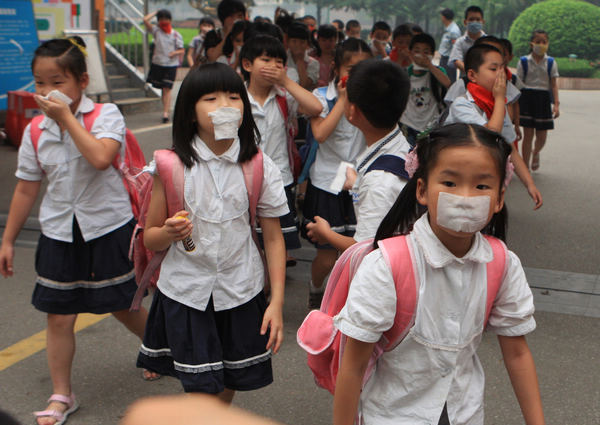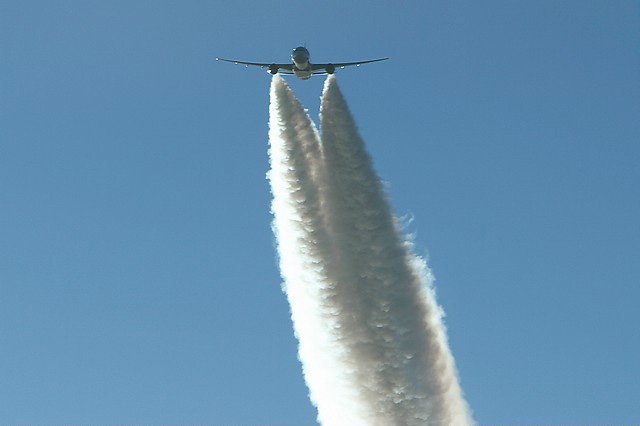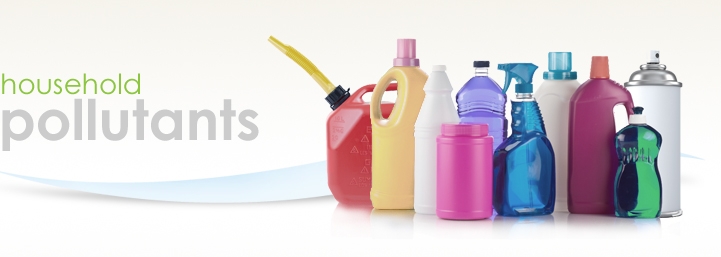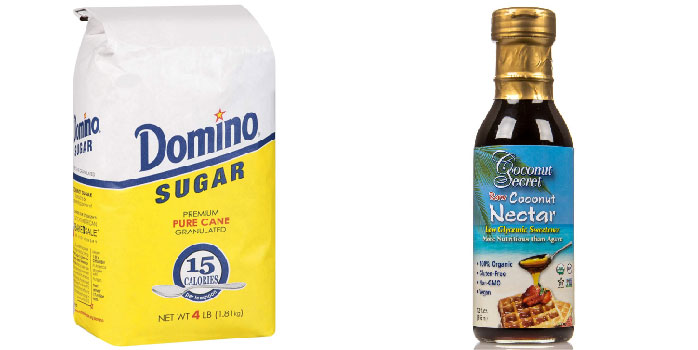Airborne Pollutants

Airborne pollutants have been linked to allergies, genetic mutations, and infertility.
In a NASA article titled “Airborne Pollutants Know No Borders” they stated that, “Any substance introduced into the atmosphere has the potential to circle the Earth.” Jet stream, smoke stacks, and nuclear catastrophes indeed connect all of us. There is one category of airborne pollution that has been a subject of conspiracy theory, despite an enormous amount of unclassified documents from 1977 Senate hearings: chemical spraying (chemtrails) by both private and commercial aircraft.
Recent admissions by public officials strengthen the case. Fallout from these chemical trails has been tested and shows very high levels of barium and aluminum. Interesting to note is that Monsanto announced that they recently developed an aluminum-resistant gene to be introduced. Chemtrails might seem like just paranoia, but there is a current example of chemical spraying that is undeniable: the spraying of Corexit oil dispersant over the Gulf. This process of aerial application can be likened to crop-dusting, which we know has been going on for nearly 100 years.
Wars abroad even seem to be affecting global air quality, due to their new weaponry that has caused depleted uranium levels in the upper atmosphere, spreading around the planet. The observable effects of depleted uranium are not pleasant.
This is all leading to scientific, governmental, and medical management of the health and rights of the individual. It is ironic (or coincidental) that when one becomes sick due to unnatural products, the mainstream medical establishment aims to treat the afflictions with more unnatural chemicals. Furthermore, some of the people in the high levels of the American government and academia, such as John P. Holdren the current White House Science Czar, have advocated population control via “pollution particles” as far back as 1977 in books such as Ecoscience. Holdren’s views of humanity could make one question the intentionality of the poisons in our environment.



However bad it may seem inside though, indoor air pollution is typically a lot worst. Due to certain home cleaning products, paints/coatings, sealants/adhesives, carpet, insulation, etc. that contain volatile organic compounds (VOC). This is why people report that new car smell when opening a new product or entering a new home, this smell is very dangerous to your health and will cause cancer after prolonged exposure.
The following is what you can do to help prevent this in your home:

1. Avoid using aerosol consumer products that often use VOCs as their propellants. Non-aerosol consumer products are usually in pump, solid, liquid, gel, or roll-on forms.
2. Replace solvent-based paints (especially if they are labeled with VOCs) that are constantly off-gassing with water-based paints. If solvent-based products cannot be avoided, apply them with hand brushes or rollers instead of sprayers to reduce the use of thinners (which are almost 100% VOCs). This also minimizes overspray and wastage.
3. Avoid using VOC-containing products such as organic cleaning solvents, and ask suppliers or stores for non-VOC products with a green label (e.g. awarded by the Green Council). However be weary of products that are labeled, because they may still be harmful to your health, so always do your research first on any product you’re introducing into your home.
4. Avoid using any product that contains BLEACH, it is very harmful to breathe in.
5. Opt. for hardwood floors opposed to carpet, since carpet traps dust far too easily.
6. Opt. for increased ventilation to avoid the Sick Building Syndrome (if one person gets sick, everyone does), either by simply keeping windows open, or if the weather won’t allow this you can opt. for a heat recovery system in your home that constantly recycles air into your house, without losing the heat in your home. Most of these systems also come with filters, so the air entering your home may be even cleaner than the actual air outside. Not to mention the fact that moving air aids comfort to any room for human use.
7. Try to avoid products in air-tight containers.
8. Buy products with less packing as the printing of packaging materials generates VOCs.
9. Refuel vehicles in petrol stations with vapor recovery systems and avoid refueling during hotter periods of the day to minimize the escape of petrol vapor due to petrol “cooking” in the fuel tank.
10. Drive less, share rides, and use public transportation where applicable.






